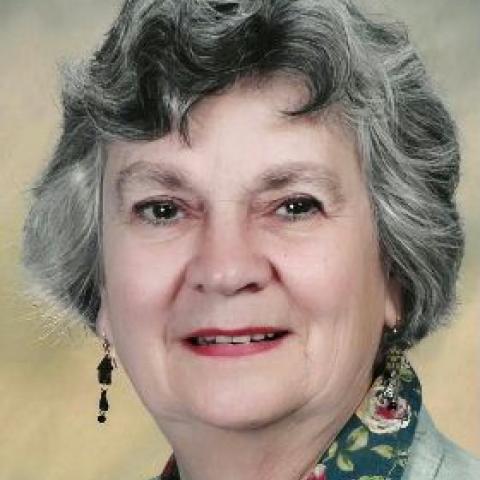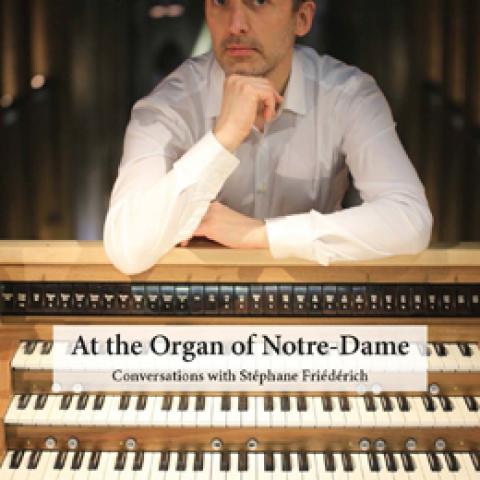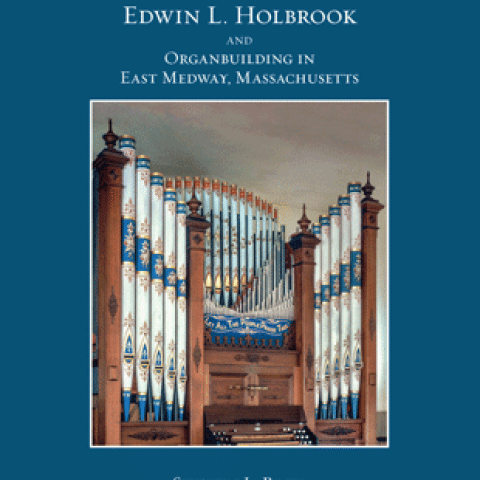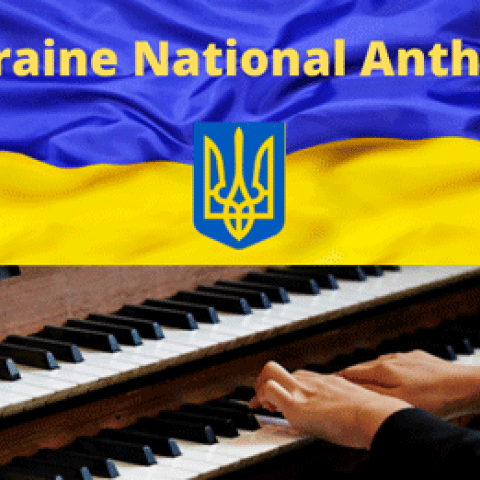
University of Illinois Press announces publication of a new book, Johann Scheibe: Organ Builder in Leipzig at the Time of Bach (978-0-252-04431-1, $65; 978-0-252-05330-6, $19.95, e-book), by Lynn Edwards Butler.
In his nearly forty-year career in the late Baroque period, Johann Scheibe became Leipzig’s most renowned organbuilder. Drawing on research and previously untapped archival materials, Butler explores Scheibe’s professional relationships and the full range of his projects. These projects included the three-manual organ for St. Paul’s Church of Leipzig, renovations of the organs in the churches of St. Thomas and St. Nicholas, and the lone surviving example of Scheibe’s craft, a small organ in the nearby village of Zschortau.
Lynn Edwards Butler, an organist and scholar living in Vancouver, British Columbia, is co-founder and a former director of The Westfield Center for Historical Keyboard Studies. She is well known for her writings on baroque organ building in Saxony and Thuringia. She is translator of The Organs of J. S. Bach: A Handbook, and she is currently at work on Bach’s Passacaglia and Other Great Organ Works for Oxford University Press.
Edwards Butler has contributed articles to The Organ Yearbook, Keyboard Perspectives, Bach-Jahrbuch, Bach Perspectives, Bach: Journal of the Riemenschneider Bach Institute, Acta Organologica, and The New Grove Dictionary of Music and Musicians, and to festschrifts in honor of Joan Lippincott, Barbara Owen, Harald Vogel, and Peter Williams. She is a former vice-president of the American Bach Society and for six years was a member of its editorial board; as well, she has served on the board overseeing the library and publications of the Organ Historical Society.
For information: press.uillinois.edu.
Other recent publications:






